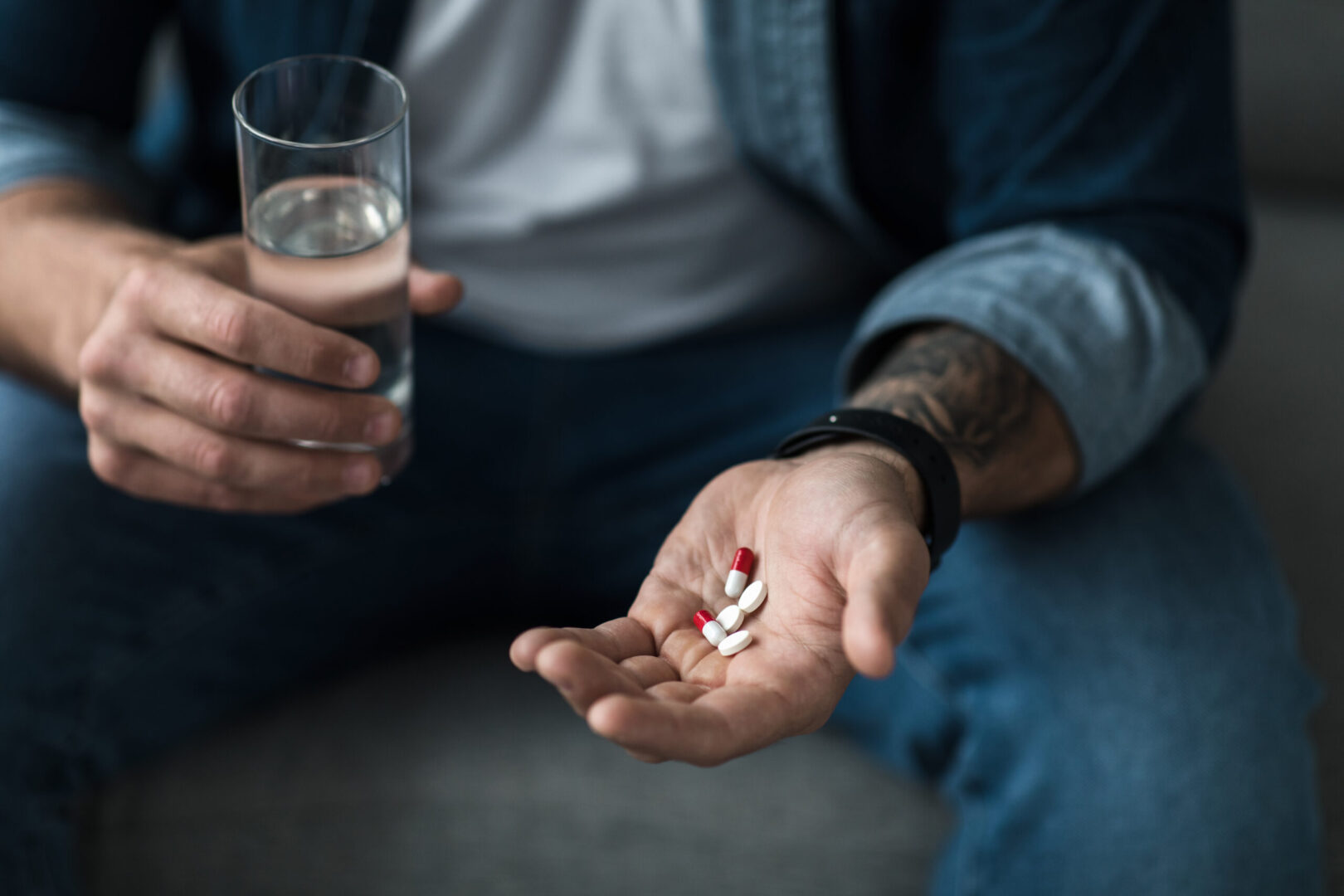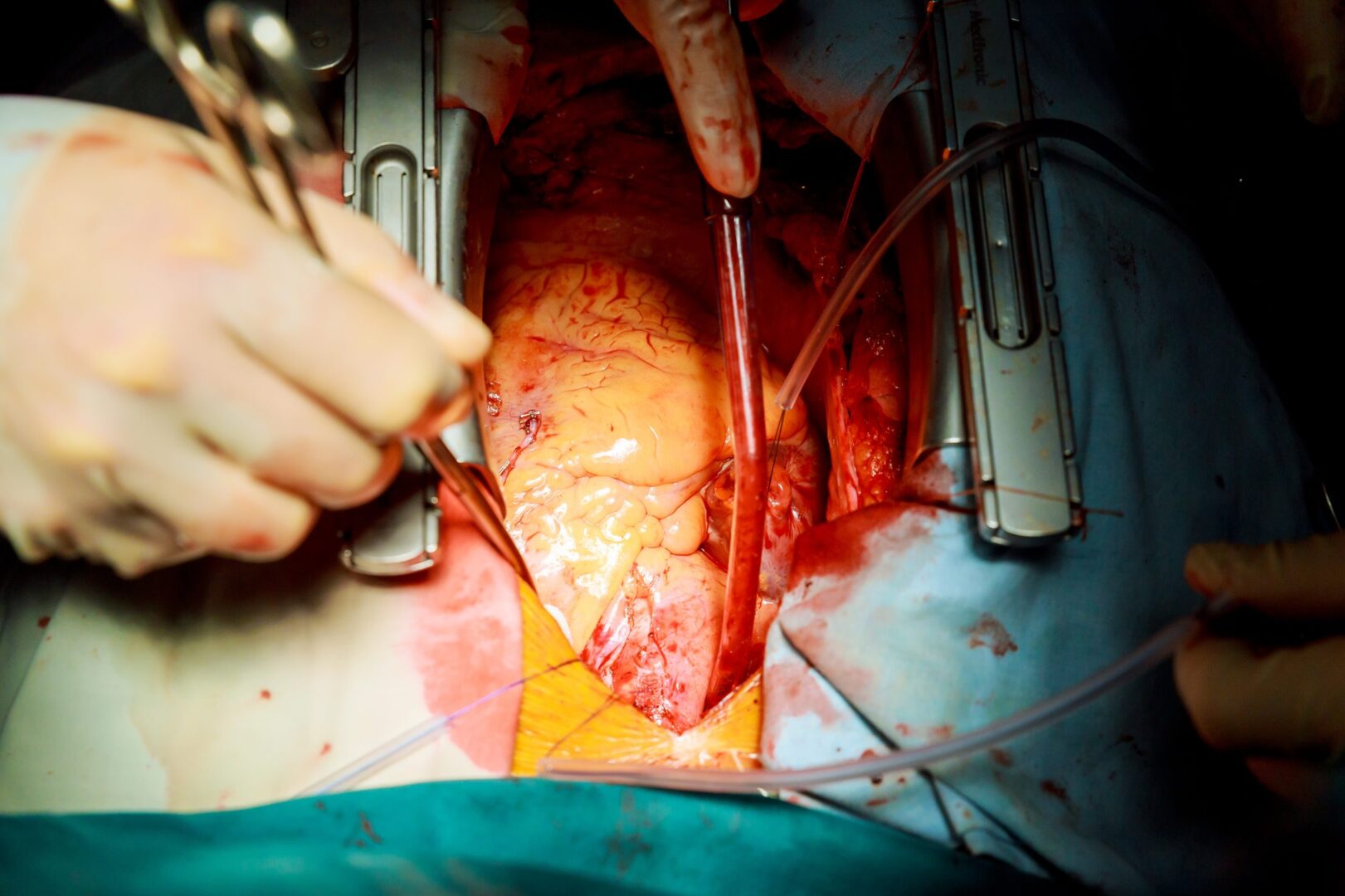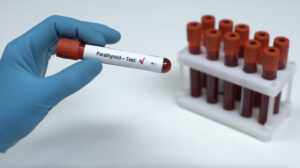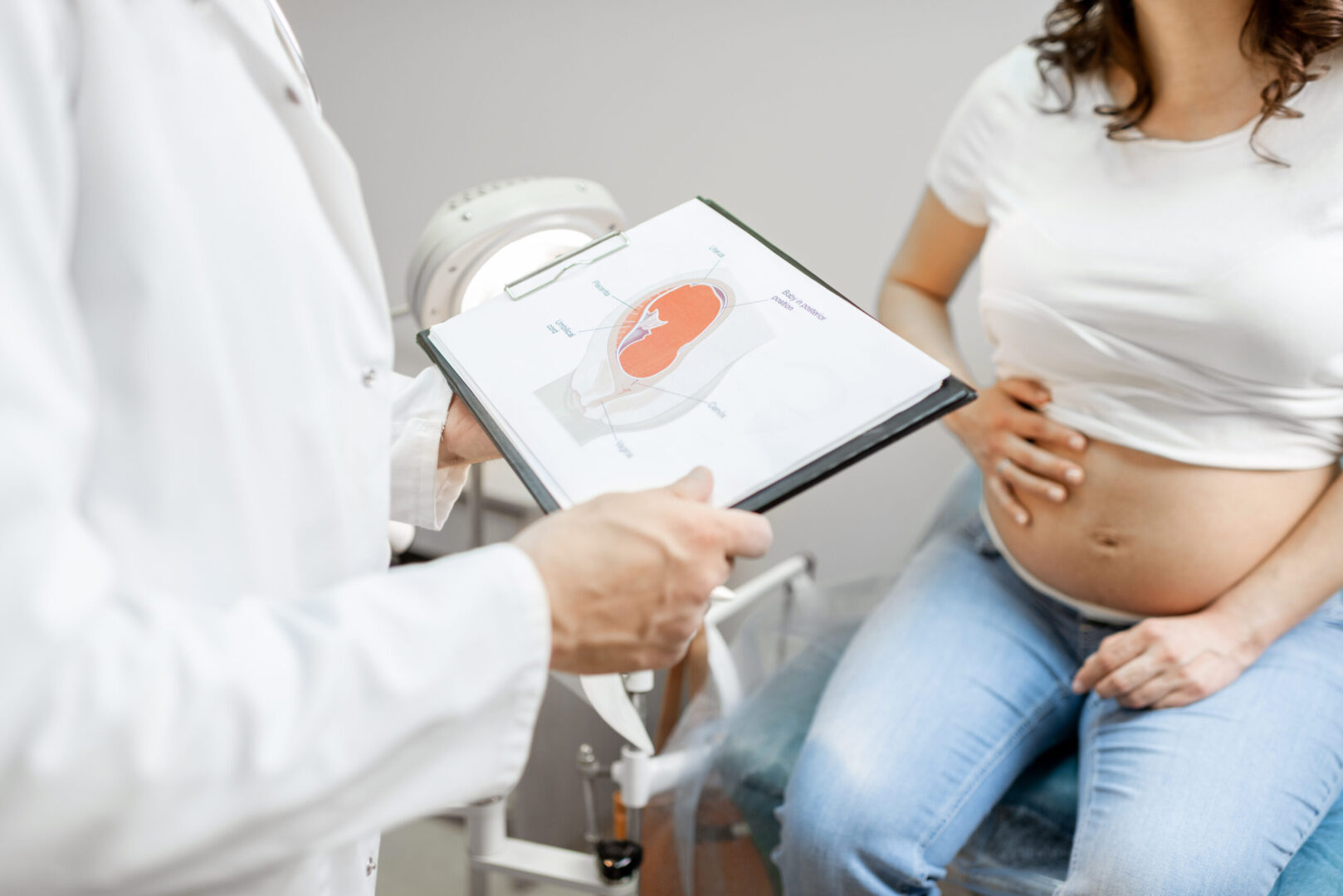Learning objectives
- Assessing when and how to treat a paracetamol (acetaminophen) overdose
Definition
- Paracetamol is a mild analgesic and antipyretic medication and is safe if used in therapeutic doses
- Most medication overdoses, either accidentally or intentionally, are due to paracetamol overdose
- The most common cause of acute liver failure in the western world
- A dose of ≥ 150 mg/kg can cause liver damage and this threshold might be lower in people with chronic alcohol abuse or anorexia
- The preferred treatment is an n-acetylcysteine infusion
Toxicity
| Hepatic effects | Acute liver failure Hepatoxicity may also occur with doses within the therapeutic range secondary to deficiencies in glutathione, because of inadequate nutrition, P450 enzyme induction by chronic alcohol excess, or concomitant use of other medications |
| Renal effects | Thought to have only minor effects on renal function Rare effects observed after an acute overdose or chronic abuse include: Acute kidney injury (AKI) Acute tubular necrosis Interstitial nephritis |
| Gastro-inestinal effects | Paracetamol can be associated with: Nausea and vomiting Dyspepsia Abdominal pain Bloating Acute pancreatitis (rarely) |
| Hemodynamic effects | Hypotension (rare) Increased skin blood flow |
| Respiratory effects | Difficulty breathing Bronchospasm Paracetamol may causally linked with the development of asthma |
| Hematological/oncological effects effects | Very rare: Thrombocytopenia Leucopenia Neutropenia Methamoglobinemia |
| Dermatological effects | Extremely rare: Erythema Flushing Peripheral edema and pruritus Bullous erythema Purpura fulminans Toxic epidermal necrolysis (TEN) Stevens-Johnson syndrome Acute generalized exanthematous pustolis |
Management
- The SNAP (Scottish & Newcastle Acetylcysteine Protocol)-12 protocol is preferred over the classic 21-hour regimen for intravenous N-acetylcysteine (NAC) infusion as this has some advantages:
- Simple to use
- Fewer adverse drug reactions
- A shortened length of hospital stay for most patients
- Clinical judgment is important:
- Ensure that there is no doubt about the time of ingestion or the type of drug
- Some patients have chronically raised ALT/INR
- If ALT is abnormal despite a normal paracetamol concentration, consider treating for an overdose
- If uncertain, treat and review
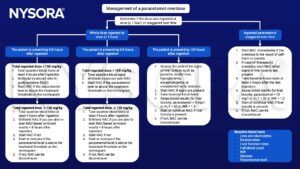
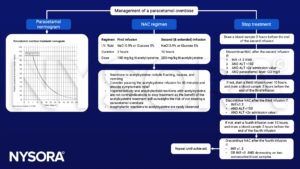
Suggested reading
- NHS Greater Glasgow and Clyde Area Drug and Therapeutics Committee. (2022). Paracetamol Overdose Protocol and Shortened N-acetylcysteine (NAC) Administration Chart. Adult paracetamol overdose protocol and shortened N-acetylcysteine (NAC) administration chart (904). H ttps://clinicalguidelines.nhsggc.org.uk/emergency-department/substance-related/adult-paracetamol-overdose-protocol-and-shortened-n-acetylcysteine-nac-administration-chart-904/
- Pettie JM, Caparrotta TM, Hunter RW, et al. Safety and Efficacy of the SNAP 12-hour Acetylcysteine Regimen for the Treatment of Paracetamol Overdose. Clinical medicine. 2019;11:11-17.
- Sharma CV, Mehta V. 2014. Paracetamol: mechanisms and updates, Continuing Education in Anaesthesia Critical Care & Pain, 14;4:153–158.
We would love to hear from you. If you should detect any errors, email us customerservice@nysora.com



